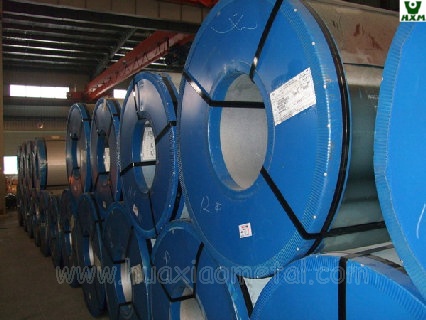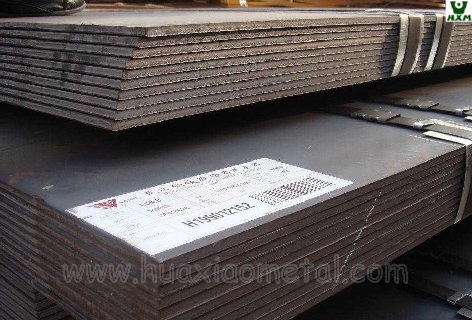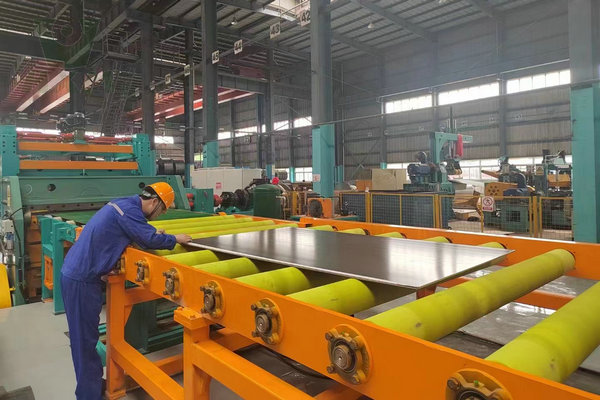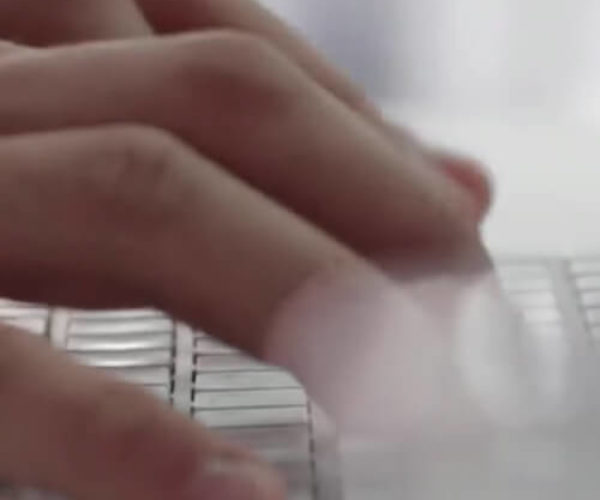Hot Rolled Carbon Steel Coil/Strip/Sheet Manufacturers
As a leading manufacturer of hot rolled carbon steel coils/strips/sheets, we are committed to providing you with the highest quality products on the market. Whether you need hot rolled carbon steel coils, hot rolled carbon steel strips, or hot rolled carbon steel sheets, our products are subject to strict quality control to ensure that all your needs are met.
The hot rolled carbon steel products we provide not only have excellent durability and processing performance, but we also provide you with the most competitive hot rolled carbon steel coils/strips/sheets prices. To learn more about our products and the latest prices, please contact us directly.


Hot Rolled Carbon Steel Grade
Steel Grade: For Commercial Quality
JIS: G3131 SPHC
ASTM: A569 A635 A659 A1011 CS Type A, B, C
SAE: 1006~1025
Steel Grade: For Drawing Quality
JIS: G3131 SPHD
SAE: 1006~1010
The properties of carbon steel are high hardness, strength, wear resistance, and anti-corrosion.
Steel Grade: For Deep Drawing Quality
JIS: G3131 SPHC
ASTM: A569 A635 A659 A1011 CS Type A, B, C
SAE: 1006~1025
Steel Grade: For Commercial Quality
JIS: G3131 SPHE
ASTM: A622 A1011 DS Type A, B
SAE: 1006~1010
Steel Grade:For General Structure (T.S. < 490 N/mm2)
JIS: G3101 SS330 SS400 G3106 SM400A G3132 SPHT1 SPHT2 SPHT3
ASTM: A36 A283 GR.C A570 GR.30~40 A1001 SS GR.30~40
SAE: 1010~1025
Steel Grade: For General Structure (T. S. ≧ 490 N/mm2)
JIS: G3101 SS490 G3106 SM490A SM490A SM490YA G3132 SPH4
ASTM: A570 GR.45~50 A607 GR.45~70 A1011 SS GR.45, 50 A1011 HSLAS GR.45~70
SAE: J1392 050X
Hot Rolled Carbon Steel Available Size
Hot Rolled Carbon Steel Coil
Thickness:1.50~10.00mm
Width: mill edge 600~2000mm
ID: 762mm
Hot Rolled Carbon Steel Strip
Thickness:1.50~10.00mm
Width: mill edge 30~600mm
ID: 762mm
Hot Rolled Carbon Steel Plate
Thickness:6.00~300mm
Width: cut edge 500~4000mm
Length: 1200~18000mm
What Are the Most Common Hot-Rolled Carbon Steel Grades?
Hot rolled carbon steel comes in various grades, each designed to meet specific requirements and applications. The most common hot-rolled carbon steel grades include:
ASTM A36: This is one of the most widely used general-purpose structural steels. It has excellent weldability and is often used in construction, machinery, and other structural applications.
ASTM A572: A high-strength, low-alloy steel, ASTM A572 is used in structural applications where weight savings and increased strength are essential, such as in buildings and bridges.
ASTM A1011: This is a general-purpose hot-rolled steel commonly used in applications like base plates, brackets, gusset plates, and more.
ASTM A1018: Another general-purpose hot-rolled steel, ASTM A1018 is often used in structural and commercial applications, such as agricultural equipment and machinery.
ASTM A516: A grade specifically designed for pressure vessel applications, ASTM A516 is used in boilers and other pressure vessel constructions.
ASTM A36/A36M-08 Structural A-36 Steel: This is a standard carbon steel grade used for a wide range of applications due to its excellent welding and forming characteristics.
SAE 1006/1008: These are low-carbon grades used primarily in automotive and appliance applications where good drawing and forming qualities are required.
SAE 1010/1018: These are higher carbon grades used for various applications, including machinery parts, bolts, and nuts.
EN 10025 S235JR: A European standard hot-rolled structural steel grade, widely used in construction and general engineering applications.
EN 10111 DD11/DD12/DD13: European standards for low-carbon hot-rolled steel grades used in cold-forming applications.
It’s important to note that the availability of specific grades can vary by region, and some grades may be more prevalent in certain industries or applications. The choice of the appropriate hot-rolled carbon steel grade depends on factors such as intended use, mechanical properties required, and the desired level of strength, ductility, and formability.
Application of Hot Rolled Carbon Steel
Hot rolled carbon steel plates are used in welding and construction industries such as railways, construction equipment, jib cranes, agricultural equipment and heavy vehicle structures. By varying the percentage of carbon steel, a variety of different qualities of steel can be produced. In general, the higher carbon content in steel makes steel harder, more brittle, and less ductile.
If you want carbon steel, please free to contact us for carbon steel prices or other information.
Hot Rolled Carbon Steel Process

The process of hot-rolled carbon steel involves shaping and forming carbon steel into various products using high temperatures. Here’s an overview of the hot-rolling process:
Steel Preparation: The process starts with raw carbon steel, typically in the form of large metal slabs or billets. These materials undergo thorough cleaning to remove any impurities, scale, or surface contaminants.
Heating: The cleaned steel is then heated in a furnace to extremely high temperatures, typically above 1700°F (927°C). This heating softens the steel, making it more malleable and easier to shape.
Rolling Mill: Once the steel reaches the desired temperature, it is passed through a series of heavy rollers in a rolling mill. The rollers exert tremendous pressure on the heated steel, causing it to undergo plastic deformation. The steel is squeezed and shaped into the desired profile or thickness.
Reduction of Thickness: The primary objective of hot rolling is to reduce the thickness of the steel. The steel may go through several rolling passes to achieve the desired thickness and consistency.
Coiling or Cutting: After the final rolling pass, the hot-rolled steel can be coiled into large rolls or cut into individual sheets, strips, or other shapes, depending on the intended application.
Cooling: The hot-rolled steel is then allowed to cool naturally or undergo controlled cooling processes to prevent excessive hardness or brittleness.
Surface Treatment: Hot-rolled steel often develops a characteristic scale or oxide layer on its surface due to the high temperatures involved. This scale is usually removed through processes like pickling or shot blasting to improve the surface finish and ensure better adhesion of coatings if needed.
Hot-rolled carbon steel has several advantages over cold-rolled steel. It is generally less expensive to produce, and the hot-rolling process can produce a wider range of shapes and sizes. However, the surface finish may not be as smooth as that of cold-rolled steel. Additionally, hot-rolled steel tends to have a rougher surface texture and may have some residual mill scale, which might be undesirable in certain applications.
The hot-rolled carbon steel products find applications in various industries, including construction, automotive, machinery, and equipment manufacturing, among others.
Contact Shanghai Huaxiao's Hot Rolled Carbon Steel Manufacturers Now




